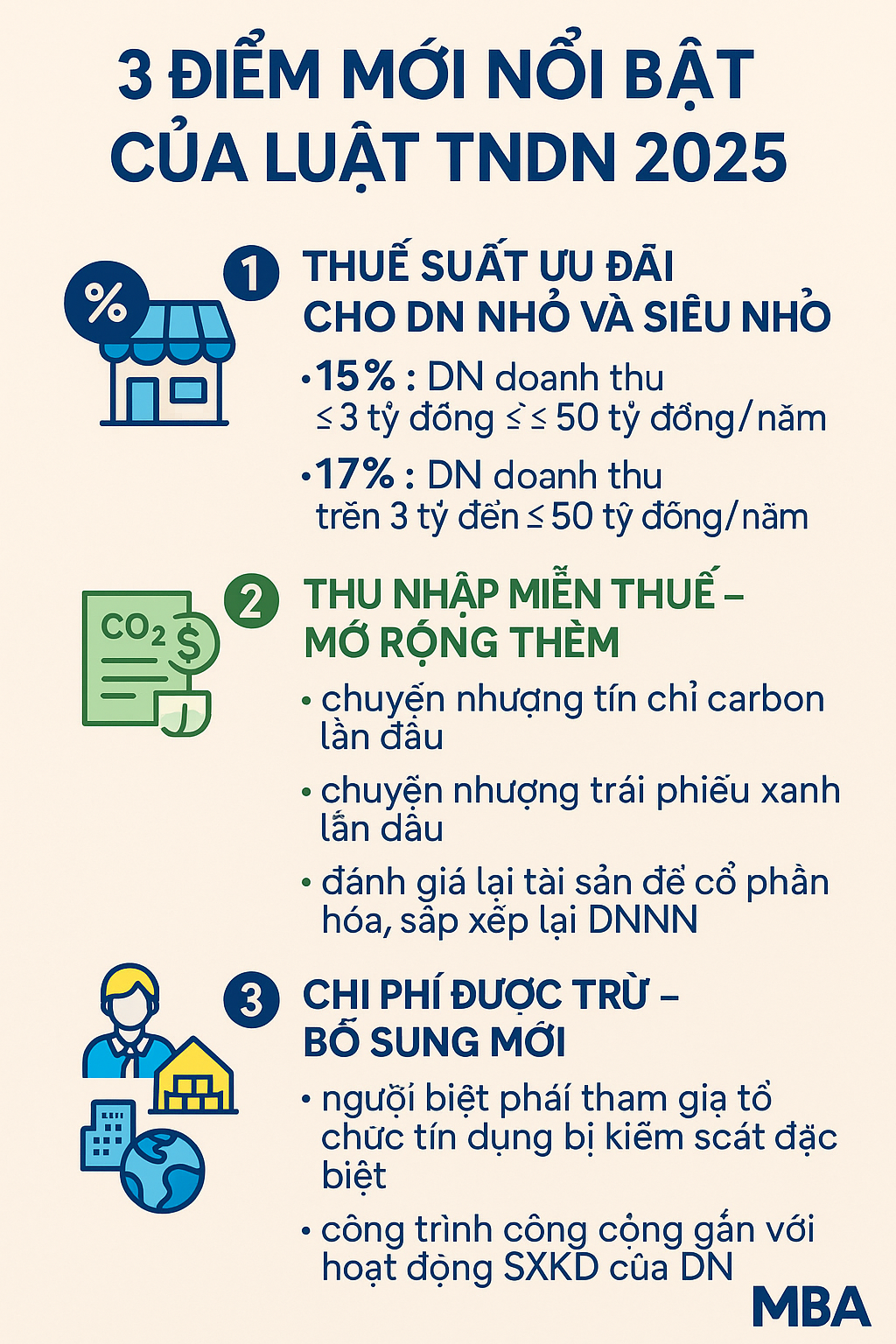In an increasingly digital world, user engagement is the cornerstone of successful platforms, be it gaming, social media, or online services. Engagement reflects how well a platform captures and sustains user interest, fostering loyalty and encouraging repeated interactions. Modern reward systems have emerged as vital tools in this landscape, leveraging psychological principles to motivate users, enhance experiences, and drive long-term participation. As an illustrative example of these principles in action, the pirots4? platform exemplifies how contemporary reward mechanics are integrated into engaging gaming experiences.
1. Introduction to Modern Reward Systems: Enhancing User Engagement in Digital Experiences
a. Defining engagement and its importance in digital platforms and gaming
Engagement refers to the quality and frequency of user interactions with a platform. High engagement signifies that users find value, entertainment, or utility, which encourages them to spend more time and return regularly. In gaming and digital services, engagement correlates directly with retention, monetization, and community growth. For example, a game that offers compelling rewards keeps players motivated to explore, compete, and invest time.
b. Overview of how modern systems leverage rewards to sustain interest
Contemporary reward systems capitalize on psychological triggers such as dopamine release, motivation through achievement, and social validation. They employ mechanisms like variable rewards, progress tracking, and thematic storytelling to create immersive experiences. These systems are designed to adapt to user preferences, maintaining excitement through unpredictability and personalized incentives. For instance, layered bonus features and thematic mini-games not only entertain but also motivate continued engagement.
c. Introducing «Pirots 4 – Comprehensive Guide» as a contemporary example
While the core principles are universal, modern platforms like pirots4? demonstrate how these mechanics are practically implemented. Its engaging thematic design, layered reward structures, and adaptive features exemplify how innovative systems enhance player retention and satisfaction.
2. Core Principles of Effective Reward Systems
a. Psychological foundations: motivation, reinforcement, and dopamine triggers
Research in behavioral psychology reveals that rewards activate the brain’s dopamine pathways, reinforcing behaviors and increasing the likelihood of repeated actions. Effective systems leverage this by providing incentives that align with intrinsic motivations such as achievement, curiosity, and social recognition. For example, randomized rewards or streak bonuses stimulate anticipation and excitement, encouraging users to continue engaging with the platform.
b. Designing for fairness and transparency to build trust
Trust is fundamental. Clear communication about reward probabilities and mechanics helps prevent perceptions of unfairness or manipulation. Transparent algorithms and consistent reward structures foster credibility, which is essential for sustained engagement. Platforms that openly share their mechanics, akin to how regulatory bodies oversee gambling odds, tend to develop stronger, more loyal communities.
c. Balancing randomness and predictability to maintain excitement
A mix of predictable milestones and random surprises keeps users both motivated and intrigued. Too much predictability can lead to boredom, while excessive randomness might cause frustration. Modern reward systems often employ tiered reward schedules, where certain milestones are guaranteed, and others are randomized, creating a compelling balance that sustains interest over time.
3. The Role of Theming and Narrative in Engagement
a. How thematic elements (e.g., space and pirates) create immersive experiences
Themes serve as a backdrop that enhances emotional connection. Whether exploring space or sailing the high seas, thematic elements provide context that makes reward mechanics more meaningful. For instance, in a pirate-themed game, discovering hidden treasures or battling foes immerses players, making rewards feel like part of a larger adventure.
b. The influence of storytelling on user loyalty and repeated interactions
Storytelling creates a narrative arc that motivates players to progress. Rewards are integrated into this narrative, such as unlocking new chapters or characters, fostering a sense of purpose. This approach encourages users to revisit and explore new content, strengthening loyalty.
c. Case example: The thematic integration in Pirots 4 and its impact on player retention
In Pirots 4, thematic symbols like birds and gems are woven into the core gameplay, creating a cohesive world. This consistent storytelling and thematic design enhance emotional investment, leading to higher retention rates. Such integration demonstrates how narrative elements amplify the effectiveness of reward systems.
4. Mechanics of Reward Delivery: From Basic to Advanced
a. Traditional reward models vs. modern cascading and multi-tiered systems
Traditional models often provided fixed payouts or simple bonuses. Modern systems, however, incorporate cascading reels or multi-level jackpots that trigger successive rewards, increasing engagement. For example, in Pirots 4, cascading symbols allow multiple wins from a single spin, encouraging players to continue playing to see additional rewards unfold.
b. Incorporating visual and auditory cues to enhance perceived value
Sensory cues such as flashing lights, sound effects, and animations heighten the excitement. These cues signal success and build anticipation, making rewards more satisfying. When combined with thematic visuals, they deepen immersion and perceived value of each reward.
c. Example: Cascading symbol mechanics and their effect on engagement in Pirots 4
Cascading symbols in Pirots 4 exemplify an advanced mechanic that encourages continuous play. Each successful cascade clears the way for new symbols, creating a chain reaction of wins. This mechanic sustains excitement and motivates players to keep spinning, illustrating how innovative reward delivery enhances engagement.
5. Innovative Features that Boost Engagement: Case Studies and Examples
a. Collector systems: How collecting birds and gems incentivizes continued play
Collector systems tap into achievement motivation by encouraging players to gather specific items. In Pirots 4, collecting various birds and gems unlocks rewards or bonuses, creating a progression loop that incentivizes ongoing participation. Such systems foster a sense of accomplishment and curiosity.
b. Bonus games: Regular vs. super bonus modes and progression retention
Bonus games provide mini-experiences that break monotony and offer extra rewards. Regular bonuses might be triggered frequently, while super bonus modes are rarer but more rewarding, maintaining anticipation. These features extend engagement time and deepen user investment, as seen in Pirots 4’s layered bonus modes.
c. The significance of thematic mini-games and their role in sustained interest
Mini-games embedded within the main experience serve as rewards and entertainment. Thematic mini-games reinforce storytelling and offer varied gameplay, preventing fatigue. Their design ensures players remain interested and motivated to explore all aspects of the platform.
6. Personalization and Adaptive Reward Systems
a. Using data analytics to tailor rewards to user behavior
Data-driven approaches allow platforms to customize rewards based on individual play patterns. By analyzing user preferences and engagement metrics, systems can offer targeted incentives, increasing relevance and motivation. For example, if a player frequently engages with bonus rounds, the system might prioritize offering extra bonus opportunities.
b. Adaptive difficulty and reward pacing to optimize engagement
Adjusting game difficulty and reward frequency based on user performance prevents frustration and boredom. A balanced pacing keeps players challenged yet rewarded, maintaining sustained interest. Modern systems dynamically modify these parameters, similar to adaptive learning algorithms in educational tech.
c. Example: Potential personalization features in modern slot systems inspired by Pirots 4
Inspired by innovative reward mechanics like those in Pirots 4, future slot games might incorporate personalized bonus offers, custom thematic content, or adaptive payout schedules. These features aim to create a tailored experience that keeps each player engaged longer and more deeply invested.
7. Non-Obvious Strategies for Maximizing Engagement
a. Creating social sharing opportunities and community features
Integrating social elements like leaderboards, sharing achievements, and multiplayer features encourages community building. These social rewards leverage peer influence, motivating players to stay active and compete, which enhances overall engagement.
b. Incorporating limited-time events and dynamic content updates
Time-limited challenges or seasonal events create urgency and excitement. Regular content updates keep the experience fresh, encouraging players to revisit frequently. These strategies mirror successful marketing techniques used across various digital platforms.
c. Using gamification principles beyond the core gameplay (e.g., achievements, leaderboards)
Implementing achievement systems, badges, and competitive leaderboards transforms gameplay into a social and goal-oriented activity. These elements tap into intrinsic motivation, fostering a sense of progression and community, thereby increasing engagement time.
8. Challenges and Ethical Considerations in Reward Design
a. Avoiding addictive patterns and promoting responsible engagement
Designers must be cautious to prevent fostering compulsive behaviors. Techniques include setting playtime limits, avoiding excessive randomness, and providing clear information. Ethical reward design prioritizes user well-being alongside engagement.
b. Transparency in reward probabilities and mechanics
Openly communicating odds and mechanics builds trust. Transparency prevents perceptions of manipulation and aligns with responsible gaming practices, especially critical in gambling-related platforms.
c. Balancing monetization with player satisfaction
While monetization is essential, it should not compromise user experience. Ethical systems find a balance, ensuring rewards feel fair and satisfying without exploiting players’ psychology.
9. Future Trends in Reward Systems and Engagement Mechanics
a. Integration of augmented reality and virtual reality experiences
AR and VR technologies will create immersive reward environments, blurring the line between gaming and reality. These innovations can increase emotional impact and engagement through experiential storytelling.
b. Blockchain and token-based rewards: transparency and ownership
Blockchain facilitates transparent, tamper-proof reward systems with true ownership of digital assets. This advances trust and enables new economic models, such as play-to-earn ecosystems.
c. The evolving role of thematic storytelling and personalized narratives
Personalized stories tailored to individual preferences will deepen emotional connections, making rewards more meaningful. Combining this with adaptive mechanics can redefine user engagement in digital experiences.
10. Conclusion: Harnessing Modern Reward Systems for Sustainable Engagement
Effective reward systems are built on understanding psychological principles, thematic storytelling, and innovative mechanics. The integration of these elements creates immersive experiences that motivate users ethically and sustainably. Platforms like pirots4? exemplify how modern design can balance excitement, trust, and long-term loyalty. As technology advances, the future of engagement will increasingly rely on personalized, transparent, and immersive reward mechanisms, ensuring that user satisfaction remains at the forefront of digital innovation.
“Designing rewards that are fair, immersive, and personalized is key to fostering genuine engagement and trust in digital platforms.”






